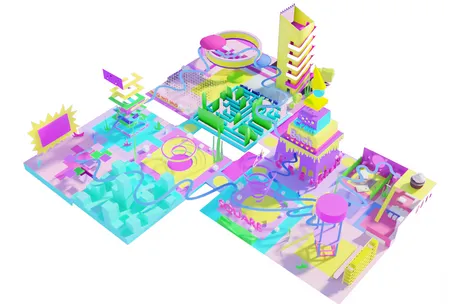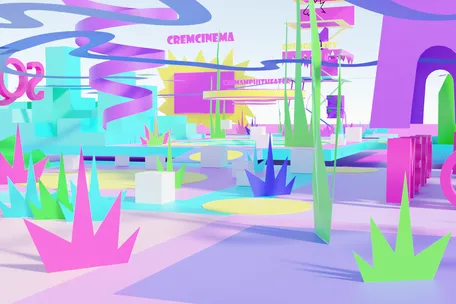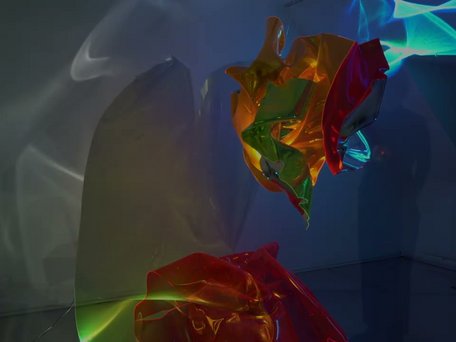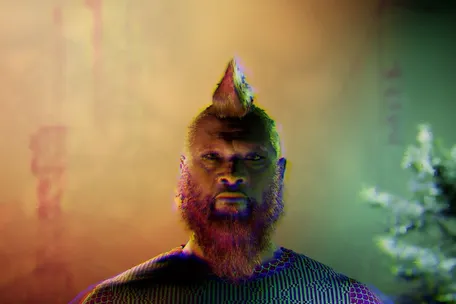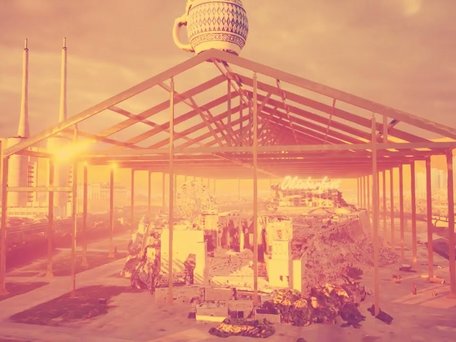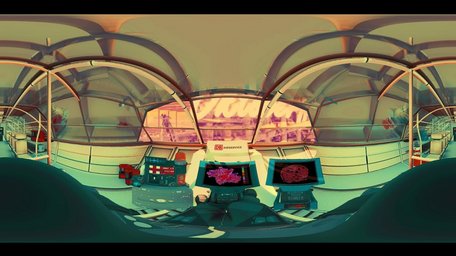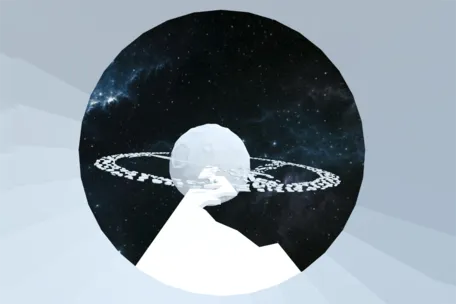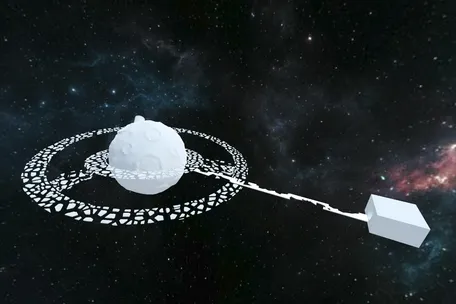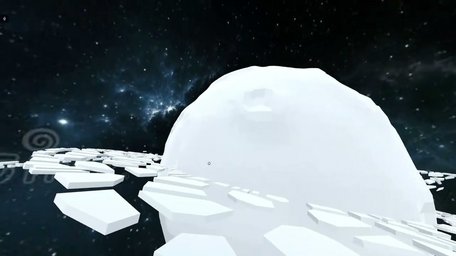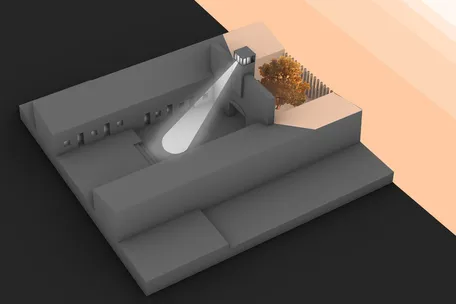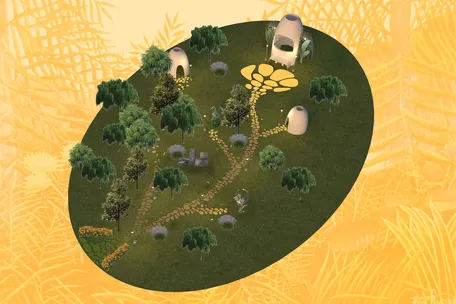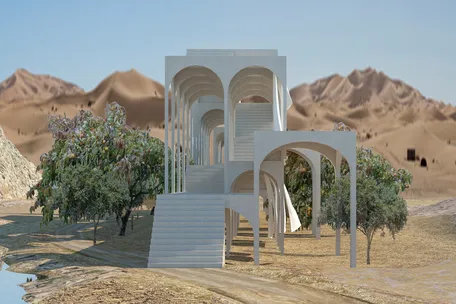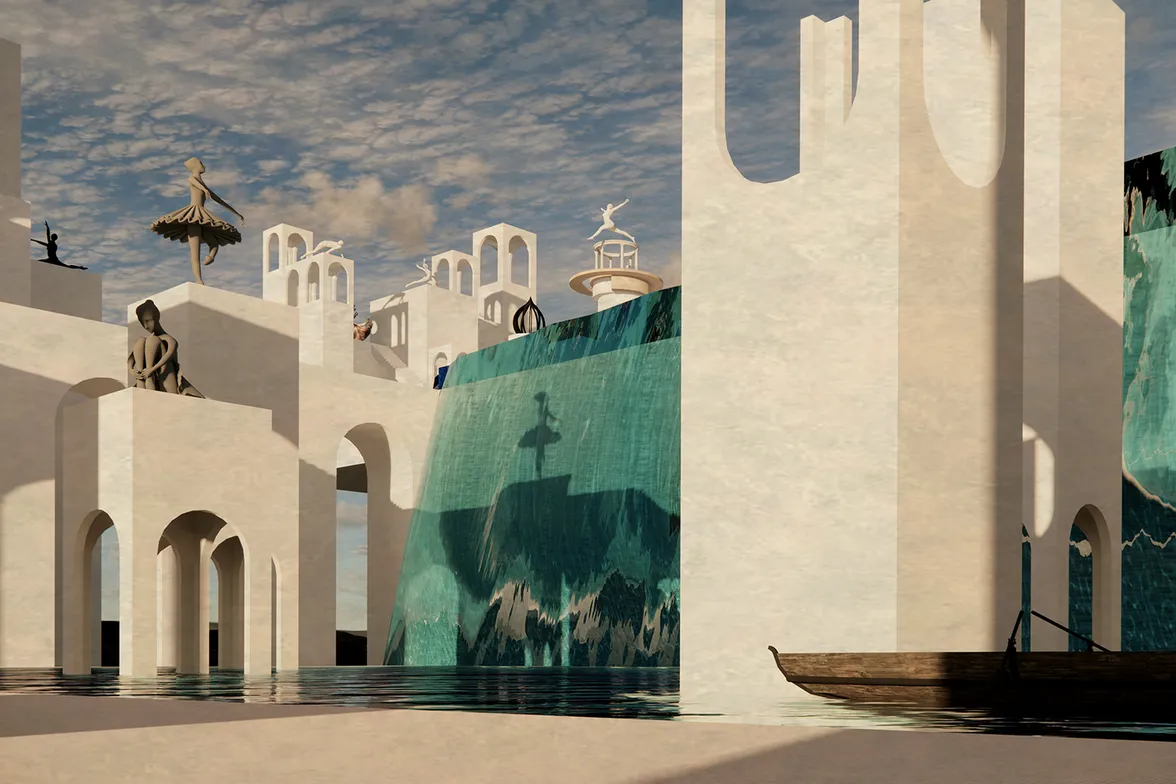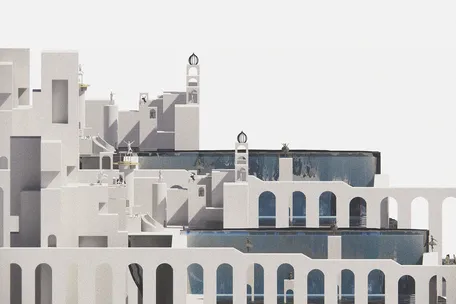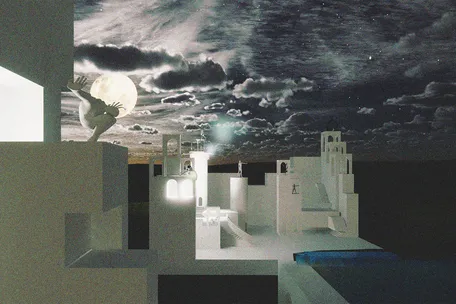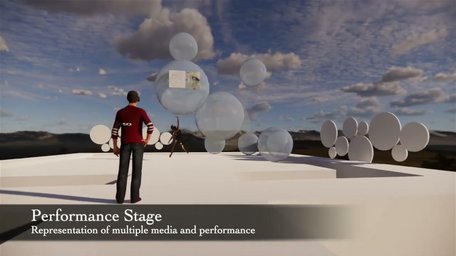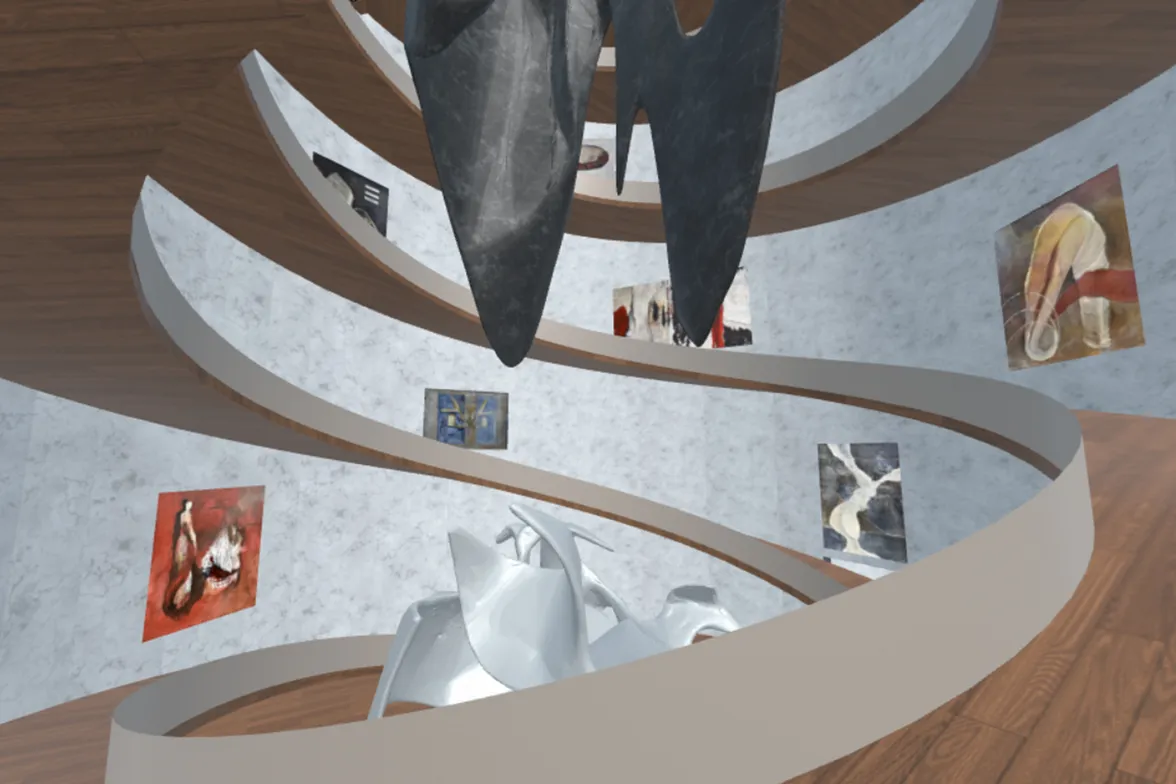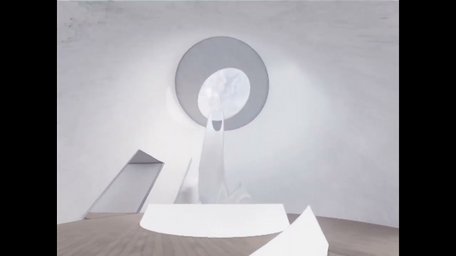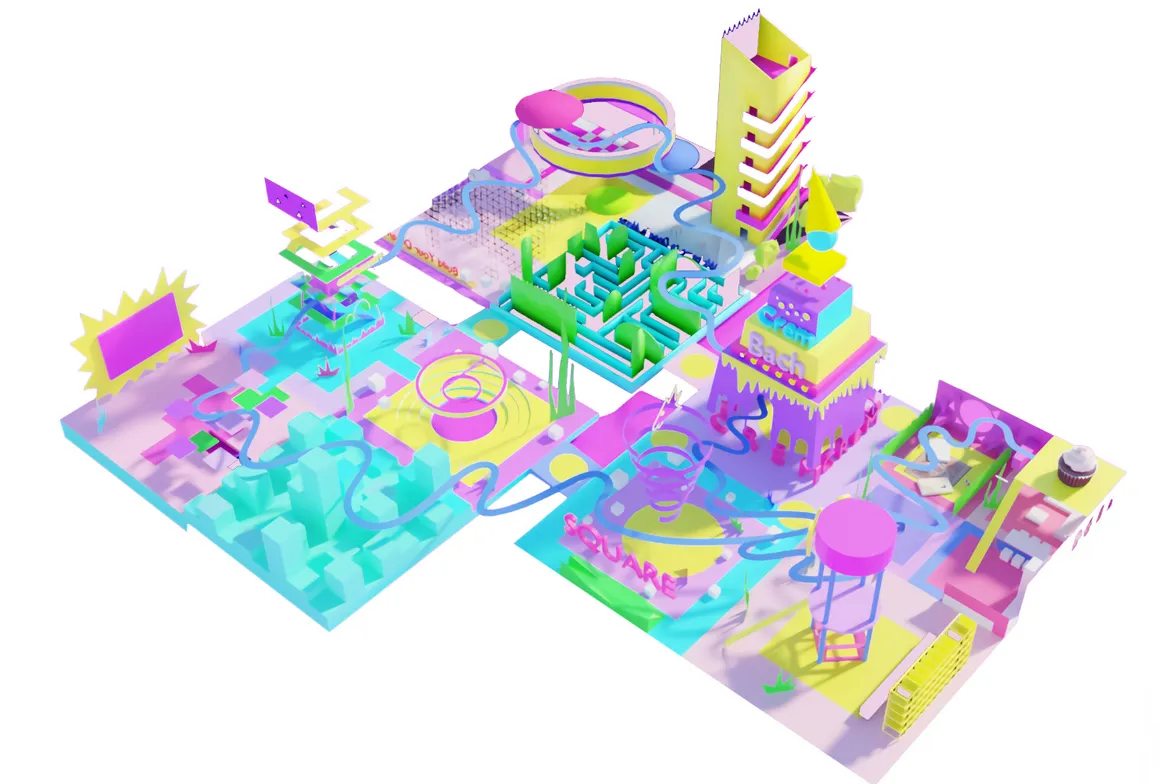
Interactive Visualization: Virtual Art Spaces
Seminar im Sommersemester 2022 and Wintersemester 2022/23
Prof. Frank Petzold
Tutors: Prof. Dr.- Ing. Frank Petzold, Gerhard Schubert, Nick Förster, Lars Wüstemann (XR HUB Bavaria)
Digital spaces for culture and art are gaining importance not only due to social distancing: Digital worlds and sensory extensions are already an essential part of our urban environments and cultural spaces. They open up new forms of artistic expression and spatial experience. Therefore, we are interested in an architectural perspective on this topic. We wonder how trained architects can contribute to the design of virtual spaces: How can we structure complex and hybrid spaces created by new media? Can we apply classical design approaches to digital spaces? How do physical space and virtual realities intermingle?
The course took place in collaboration with the XR HUB Bavaria within the project XR STAGE (https://xrhub-bavaria.de/topic/xrstage/) - an initiative to promote new media in art and culture. In collaboration with different artists we developed experimental concepts and prototypes for virtual and hybrid spaces for the production and showcasing of art, theater, music, and cultural events. Supported by conceptual and technical inputs we analyzed and discussed interactions, perceptions and communication in virtual spaces and implemented the concepts as working prototypes.

Cremstadt
Daria Zakhvatova, Bingyue Li
Kollektiv Crèmbach gives a voice to young people in the Munich art scene. Based at the Lenbachhaus, it strives to create a democratic museum. Going from this idea, Kollektiv Crèmbach wants to create a space for networks, plurality, and own proprietary creation. Cremstadt is a virtual city facilitating a large number of activities like workshops, gatherings, and play. The city consists of three islands, each of which has its own theme and atmosphere. More islands can be added in the future as needed. All the islands are connected on two levels - on the first one, there are bridges, and on the second, there is this long winding road that passes through all the main objects and unites everything into a single system.

InterFREQUENCIES
Hlib Novosolov, Clemens Lindner, Noah Lokocz, Yoran Erami
interFREQUENCIES aims to create an interactive art installation that enables a visual conversation between an artwork and a person. In collaboration with the Munich-based artist Tatjana Busch, a resonance space with a responsive sensor system was developed. This system expands the emotional perception of her artworks by creating a perception loop, where sensors and the human body constantly react to each other in relation to distance, allowing visitors to influence the flow of the exhibition.
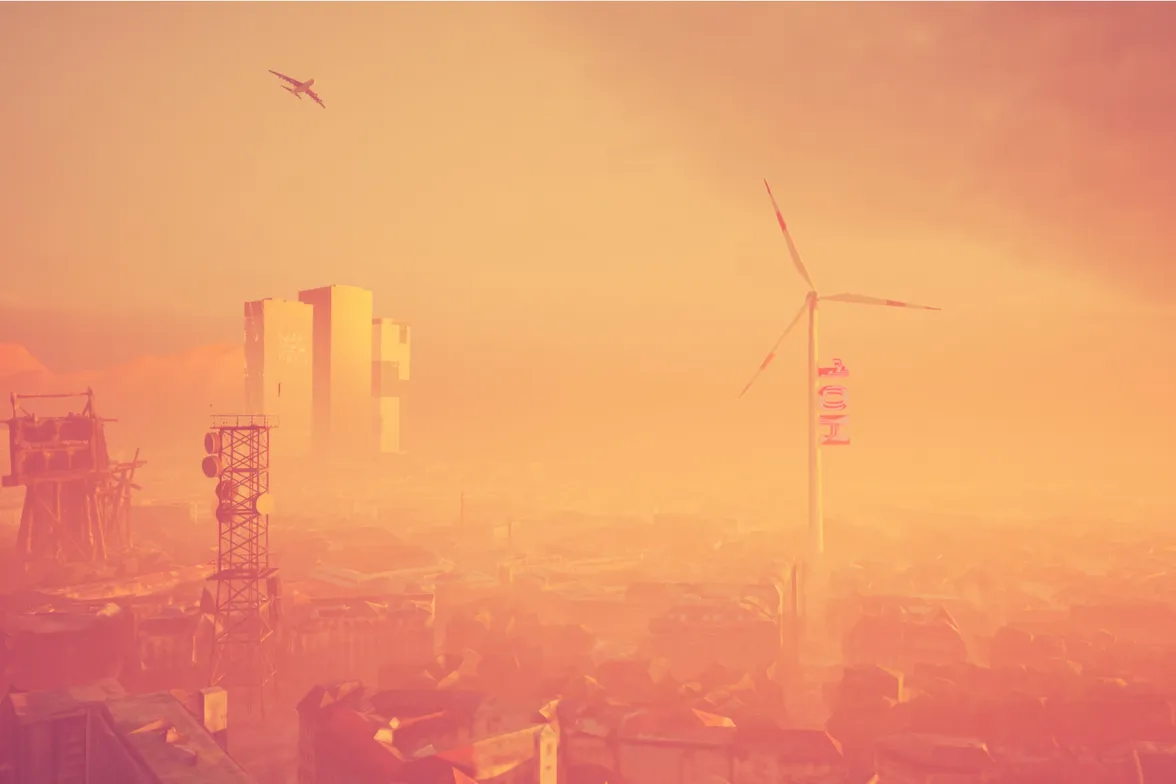
Munich´s Burning
Ben Nepomuk Klages, Max Malte Messner
The theme looks into the issues the city of Munich is facing due to climatic changes. So-called heat islands accelerate urban heat effects affecting health and well-being as well as the city's environment. With that design challenge in mind, the group developed a new concept to use AR or VR tools to communicate the effects of climate change in the city through speculative storytelling. Their main goal, became the challenge of creating dystopian and utopian visions of the city of Munich. Within these visions of an urban desert, cool islands would start popping up and suggest an alternative to the nearly inevitable.
Satellite 2.0
Carla Sauvant, Baris Özakay, Kerem Yilmaz
Founded in 1996, the Society for Arts and Technology [SAT] is a non-profit organization dedicated to digital culture. With its mission as a center for the arts, training, and research, the SAT represents a gathering space for diverse talent, curiosity, and knowledge. Their headquarters are inside a three-storey industrial building in central Montreal and encompass a café, workplaces, exhibition halls, a roof terrace, and a spherical movie theatre, the Satosphere, on the third floor. Now, this structure has been digitalized and published on Mozilla Hubs as a digital exhibition space. Metaverse visitors can navigate the so-called „Satellite“ from their computer or a VR set and explore the different virtual art spaces that are linked to the Satellite rooms.
The student group redesigned this virtual Satellite world, helping it transition to a fully digital space taking into account the opportunities the Metaverse offers. Key was bringing in a sense of adventure and whimsy so that visitors would feel compelled to explore every nook and cranny and lose themselves in the network of digital worlds. In order to create more immersion and give visitors the opportunity to leave their mark in the Satellite, the group set up an online guestbook where one can design their own planet and add it to this virtual universe.

MANA - Intercultural Dream Worlds
Luca Coromines, Minna Radakovits, Constantin Rifaat
In collaboration with the artist Janina Totzauer, the students created a virtual dream-world, which was custom made with the game engine “Unreal,” and serves as setting for the artist’s hybrid video productions between dream and reality, digital and carbon-based world. MANA - Intercultural Dream Worlds is based on dreams Janina herself has had, more specifically three environments, or segments, which were tied together into a storyline.

Melodies from the past
Maximilian Friedmann, David Wolf
In collaboaration with the conductor Daniel Grossmann, the students created a virtual world to learn about the jewish composer Victor Ullmann. The project let’s us visit different episodes in Ulman’s biography and contextualizes his work for educational purposes.
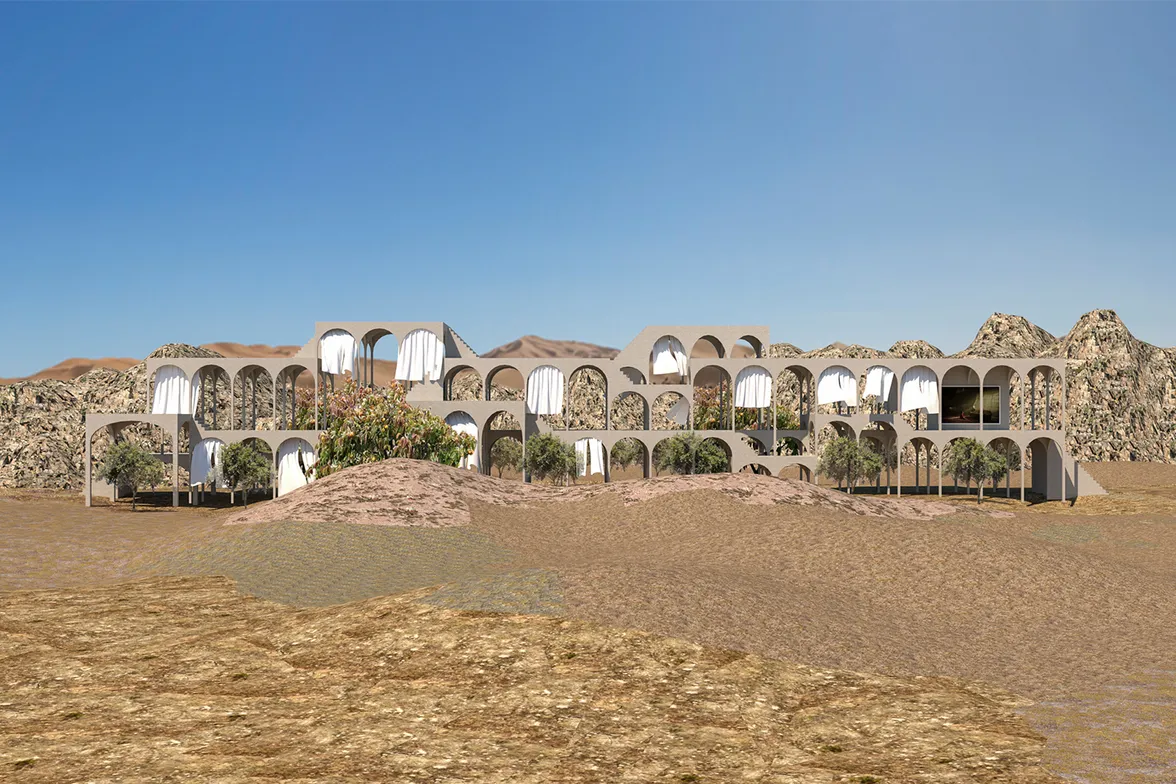
Cinema Iran
Chenyuan Wang, Huimin Jiang
The aim of the project was to create a virtual space where interactions between guests from the Movie Festival “Cinema Iran” could take place. Together with curators of the Festival, the students developed a virtual environment to meet after the film-screening and discuss with the audience.
Dance Archive
Tianpu Zhou, Xinjin Cai
How to create a space for a world of dance, which expresses the poetic atmosphere of the performance and also has a clear orientation for the users as well as the artists to put their art work in?Together with the dancer Rosalie Wanka, the students developed a virtual environment to archive, showcase and explore different dance forms. This labyrinthic environment was inspired by MC Eschers “Unreal Worlds,” which challenge both spatial experience and bodily movement.
Virtual Art Museum
Ege Ahmed, Axel Rasmussen, Samuel Kratzsch
In exchange with the artist Katinka Schneweis, the students developed a virtual exhibition space to showcase and explore Katinka’s paintings and sculptures. Having a virtual model also means that it is possible to scale and extrapolate the sculpture, giving the visitors a new perspective to experience the exhibition. The Virtual Art Museum consists of a cylindrical centerpiece and a large amphitheatre.

